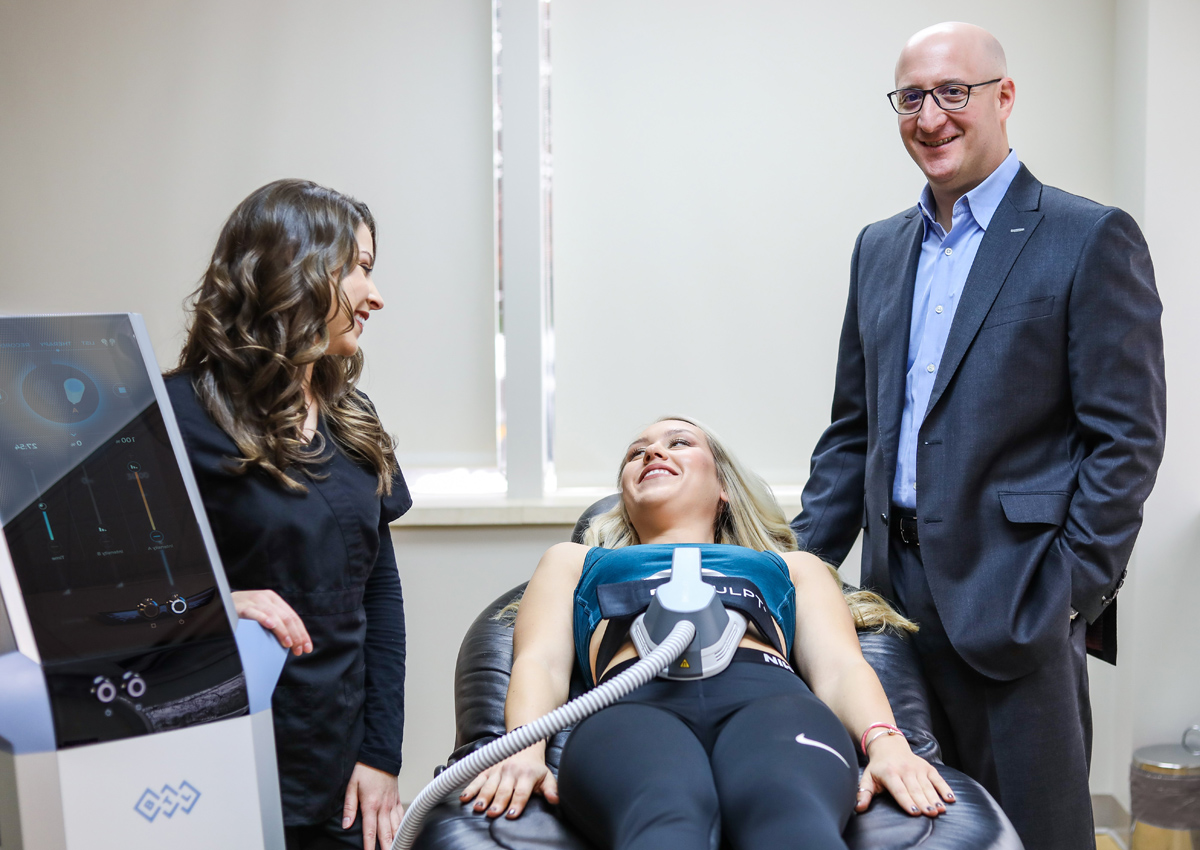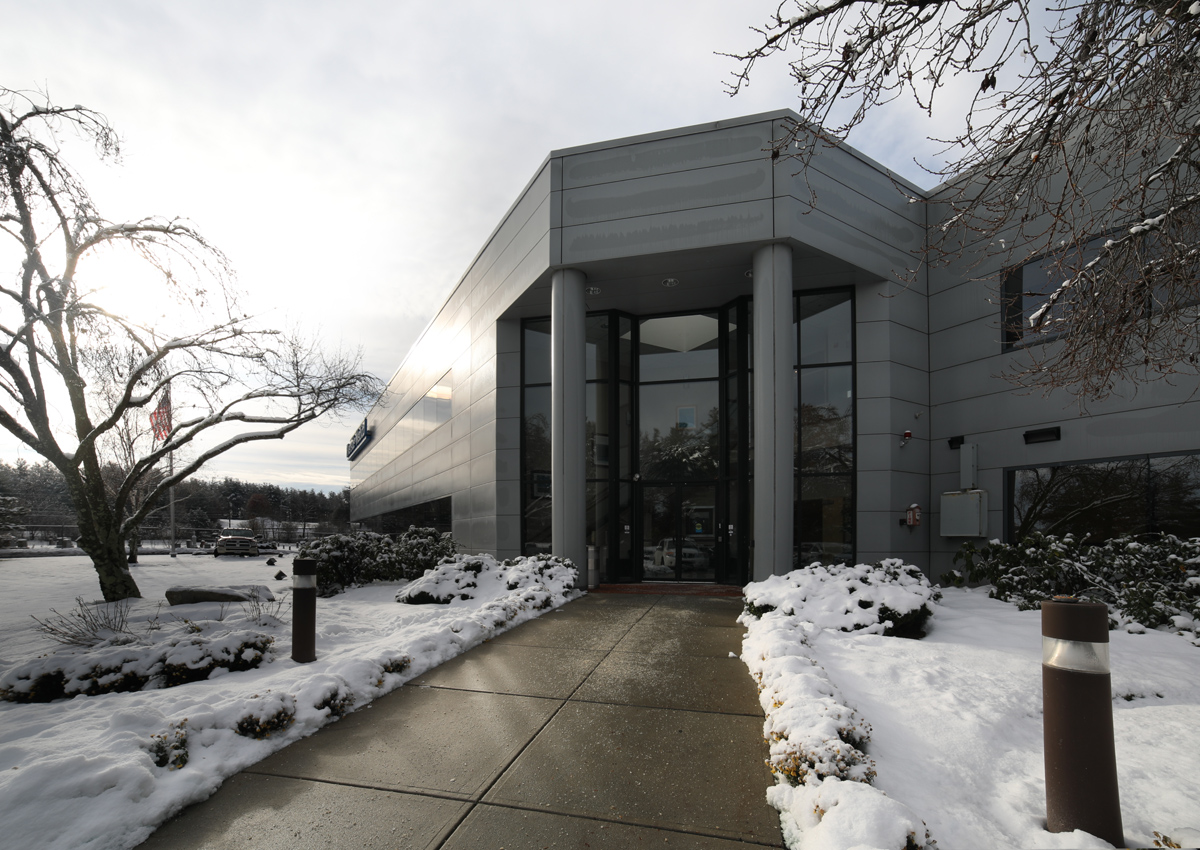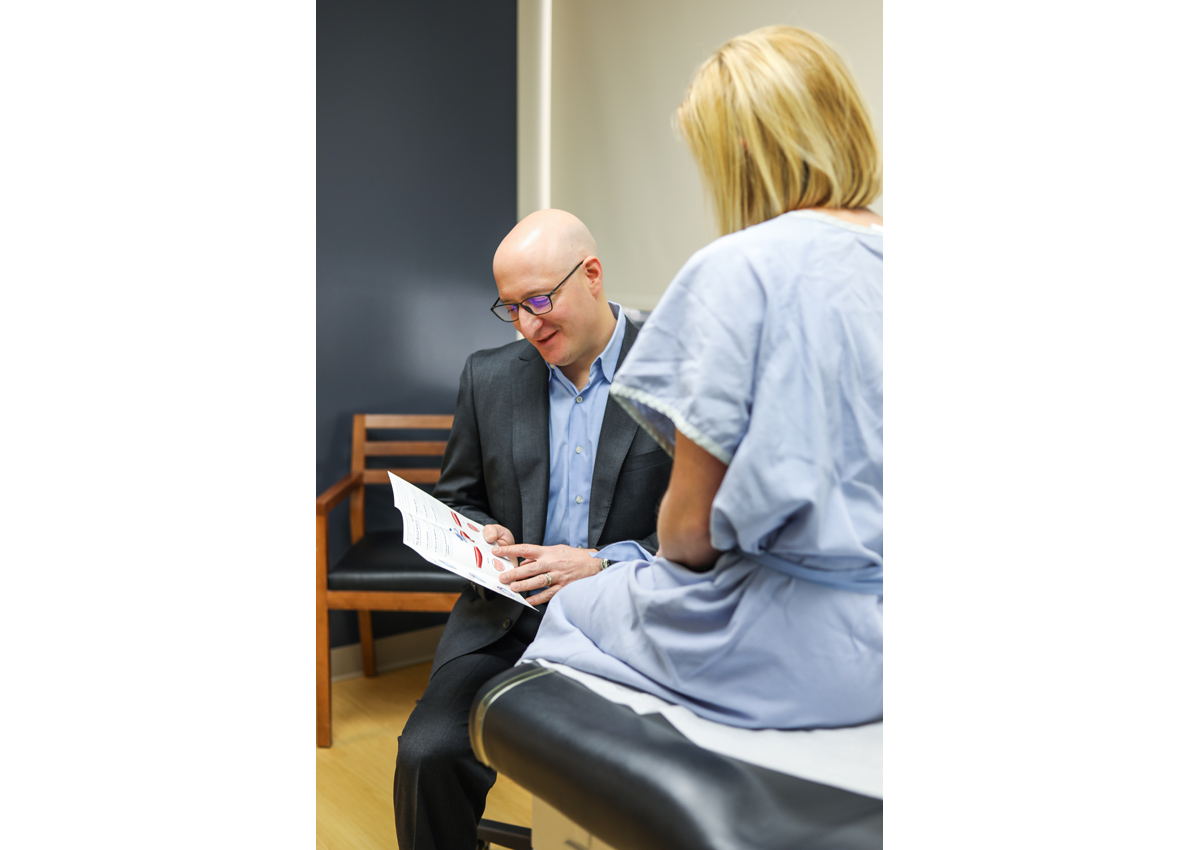Male Breast Reduction
Conveniently located to serve Nashua, NH
Male breast reduction, also known as gynecomastia is a very common condition among men. Gynecomastia or enlarged male breasts affects a very high percentage of males in America and is a very popular procedure in Nashua. Male breast reduction is a procedure which removes fat and tissue from the breast which results in a tighter, flatter chest. This technique which involves removing the glandular tissue through an incision partially around the nipple is also used in conjunction with liposuction of the surrounding fatty tissue to achieve an ideal result.
What is Gynecomastia?
This term for the development of male breast tissue is derived from the Greek words “gyne” or “gyneko” meaning “woman” or “female” and “mastia” meaning “breasts.” Dr. Waldman can treat gynecomastia in a discreet and relatively painless manner.
There are three ages at which this condition is present: during the neonatal period, around the time of puberty, and during adulthood. Gynecomastia tends to be present when there is a relative excess of estrogen compared to testosterone. This is common in the neonatal period when there are still circulating estrogens and the condition usually resolves itself. The condition is again common around the time of puberty when the hormonal levels are fluctuating and also usually resolves itself as the hormones stabilize. In most cases, this type of gynecomastia resolves within 6 months to 2 years.
The third peak in gynecomastia is generally seen in adults between the ages of 50 and 69. One and 4 men in this age group can be affected.
There are several reasons for the adult male to have or develop excess breast tissue. One of the reasons involves a genetic predisposition in which this body feature may simply run in the family. A genetic predisposition, with or without a little excess body fat, will lead to this condition, for example. In many cases, abnormal fat distribution may also lead to the appearance of gynecomastia without the true growth of breast or glandular tissue. There are also a number of medications and hormonal disorders that can cause gynecomastia. Fortunately, these hormonal disorders are quite rare.
Anabolic steroids can also cause the appearance of breasts and need to be discussed separately. Anabolic steroids are often taken by bodybuilders in order to build muscle mass. Unfortunately, one of the side effects is hypertrophy or an abnormal buildup of breast tissue. Most bodybuilders have very little body fat; therefore, the breast tissue that builds up is extremely firm and hard and presents a difficult surgical problem to remove. In some cases, a small incision is required around the areola in order to remove the firm breast tissue.Dr. Waldman will discuss the best treatment option for you.
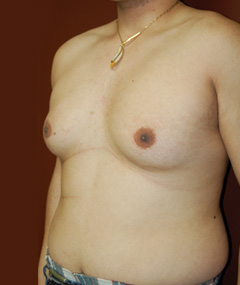
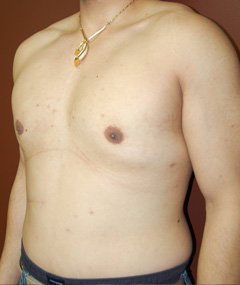
Photo Gallery
View before-and-after pictures of real patients of Jeremy Waldman
Medications and other causes:
A number of medications can cause gynecomastia. These include:
- Anti-androgens used to treat an enlarged prostate, prostate cancer and other conditions. Examples include flutamide, finasteride (Proscar, Propecia) and spironolactone (Aldactone, Carospir).
- Anabolic steroids and androgens, which are prescribed by doctors for certain conditions or are sometimes used illegally by athletes to build muscle and enhance performance.
- AIDS medications. Gynecomastia can develop in men who are HIV-positive and receiving a treatment regimen called highly active antiretroviral therapy. Efavirenz (Sustiva) is more commonly associated with gynecomastia than are other HIV medications.
- Anti-anxiety medications, such as diazepam (Valium).
- Tricyclic antidepressants.
- Antibiotics.
- Ulcer medications, such as the over-the-counter drug cimetidine (Tagamet HB).
- Cancer treatment.
- Heart medications, such as digoxin (Lanoxin) and calcium channel blockers.
- Stomach-emptying medications, such as metoclopramide (Reglan).
Street drugs and alcohol
Substances that can cause gynecomastia include:
- Alcohol
- Amphetamines, used to treat attention-deficit/hyperactivity disorder
- Marijuana
- Heroin
- Methadone (Methadose, Dolophine)
Health conditions
Several health conditions can cause gynecomastia by affecting the normal balance of hormones. These include:
- Hypogonadism. Conditions that interfere with normal testosterone production, such as Klinefelter syndrome or pituitary insufficiency, can be associated with gynecomastia.
- Aging. Hormone changes that occur with normal aging can cause gynecomastia, especially in men who are overweight.
- Tumors. Some tumors, such as those involving the testes, adrenal glands or pituitary gland, can produce hormones that alter the male-female hormone balance.
- Hyperthyroidism. In this condition, the thyroid gland produces too much of the hormone thyroxine.
- Kidney failure. About half the people being treated with dialysis experience gynecomastia due to hormonal changes.
- Liver failure and cirrhosis. Changes in hormone levels related to liver problems and cirrhosis medications are associated with gynecomastia.
- Malnutrition and starvation. When your body is deprived of adequate nutrition, testosterone levels drop while estrogen levels remain the same, causing a hormonal imbalance. Gynecomastia can also happen when normal nutrition resumes.
Herbal products
Plant oils, such as tea tree or lavender, used in shampoos, soaps or lotions have been associated with gynecomastia. This is probably due to their weak estrogenic activity.
Because gynecomastia can be multifactorial, Dr. Waldman may request or recommend evaluation by her primary care physician prior to surgery and some cases.
Gynecomastia Surgery
For most men, liposuction is the treatment of choice. The enlarged breasts are usually made up of a combination of excess fat and breast tissue. Both fat and breast tissue can be removed with liposuction.
Dr. Waldman will usually perform this surgery using one or two small incisions on each side of the male breast. The gynecomastia surgery takes about one to two hours to perform. It can be done as an outpatient procedure and there is minimal discomfort involved. Occasionally, an additional areolar incision may be necessary to remove firm breast tissue not responsive to liposuction. For patients with excess skin as well as breast tissue, it may be necessary to resect skin with longer incisions similar to those described in female breast reduction surgery. This will be discussed with you at the time of your consultation and will be decided based on your skin quality as well as your ultimate goals.
Everyone was extremely professional and confidential
Everyone was extremely professional and confidential. The way a personal situation was handleed…I was very comfortable with everybody.Gynecomastia patient
Male Breast Reduction after Weight Loss
It is very common after significant weight loss or develop both skin and breast tissue. These patient’s usually require skin excision in addition to breast tissue or fat removal. Incisions for this operation very from patient to patient and often include relocation of the nipple into a more anatomic position.
Male Areolar/Nipple Reduction
Some men desire reduction of the nipple and/or areola which is the-colored area around the nipple. This can be done both with and without breast reduction or gynecomastia surgery. Dr. Waldman can evaluate your anatomy and make specific recommendations during your consultation.
Non Surgical Treatment
In men with predominantly abnormal fat distribution, also offer Coolsculpting as an alternative to surgical treatment. Coolsculpting is a safe and very effective method for reducing fat in many areas of the body. To determine if this would be a good treatment for you, we recommend a consultation with Dr. Waldman.
Recovery
Recovery time is often short following surgery. A post-operative compression garment (a stretchy vest) will be necessary for approximately four weeks after the surgery. Normal activity may be resumed within a few days, however, there should be no strenuous activity, including upper body lifting, pushing, or pulling for approximately 4 weeks pending on the extent of your surgery.
You can set up your one on one consultation with Dr. Waldman by either calling us at (603) 577-5559 or emailing us.


